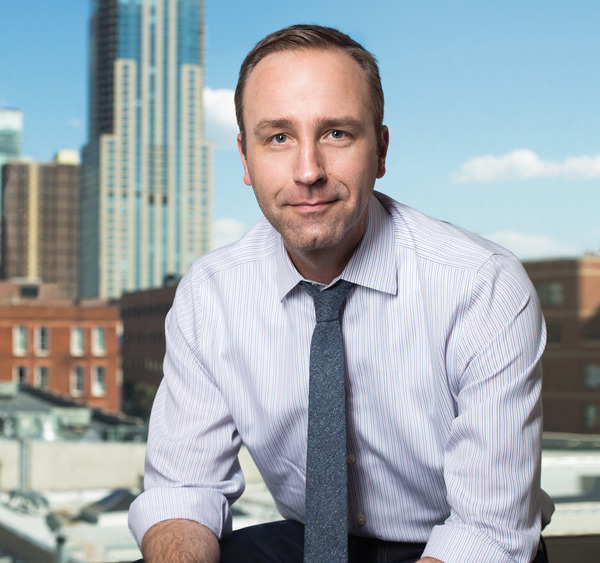The Local newsletter is your free, daily guide to life in Colorado. For locals, by locals.
As I sat down to write this letter last month, the main headline on CNN’s website read, “State of emergency is declared: Ferguson protestors arrested on day after shooting.” That was one year after a Ferguson police officer fatally shot Michael Brown, setting off a wave of nationwide protests about how urban police interact with minority communities. In previous months, the names of victims of excessive police force became something of a roll call of departed souls: Eric Garner, Walter Scott, Tamir Rice, Samuel DuBose.
Early this year, George Packer penned a piece on newyorker.com that resonated with me during this time of upheaval. Packer writes:
Few people really want to know what it takes to keep them safe. Policing is the kind of work—like sewage treatment, care of the elderly, legislating, embalming, and combat—that most of us prefer not to think about. It’s both ugly and essential, so essential that it creates a feeling of shame and resentment—and to avoid being disturbed by the thought we push it out of our minds, into the shadows, where the cops who protect us go about the dirty work of using the threat of violence to enforce the law.
Natasha Gardner is not like most of us, and so in October of last year, she asked to attend the Denver Police Department’s Citizens’ Police Academy. “I wondered if Denver could become the next Ferguson,” says Gardner, a senior editor at the magazine. “So, I went to the academy to learn what the DPD was doing well, what it wasn’t, and what needed to change.”
The dispatch Gardner returned with is simultaneously disturbing and a cause for optimism in Denver, which has escaped the protests that have shaken other U.S. cities in the recent past. On one hand, the DPD, and the city itself, is still living with the legacy of the “Denver Way,” a moniker that has been used to describe the department’s resistance to change, even though corruption and violence are endemic to the department. Over the past 15 years, DPD has killed at least 44 citizens; the DA’s office has not brought criminal charges in any of those cases as of press time. And as recently as the 2008 Democratic National Convention, Gardner reports, the DPD’s union “printed shirts that read, ‘WE GET UP EARLY, to BEAT the crowds.’?” Given the DPD’s history, making light of officer brutality seems at best tone-deaf and at worst callous and inflammatory.
On the other hand, Chief Robert White, who joined the DPD in 2011, appears to be making systemic changes to the department, and programs like the Citizens’ Police Academy demonstrate the DPD is trying to reach out to Mile High City residents. As Packer writes, “The starting point should be an honest recognition of the human reality between cops and citizens.” Gardner’s story, I believe, can help start a constructive conversation here in Denver. “Rebuilding trust with Denver’s citizens is difficult, time-consuming, and unglamorous work,” Gardner says. “But it can also be heroic.”
(Read Natasha Gardner’s story on the Denver Police Department)









